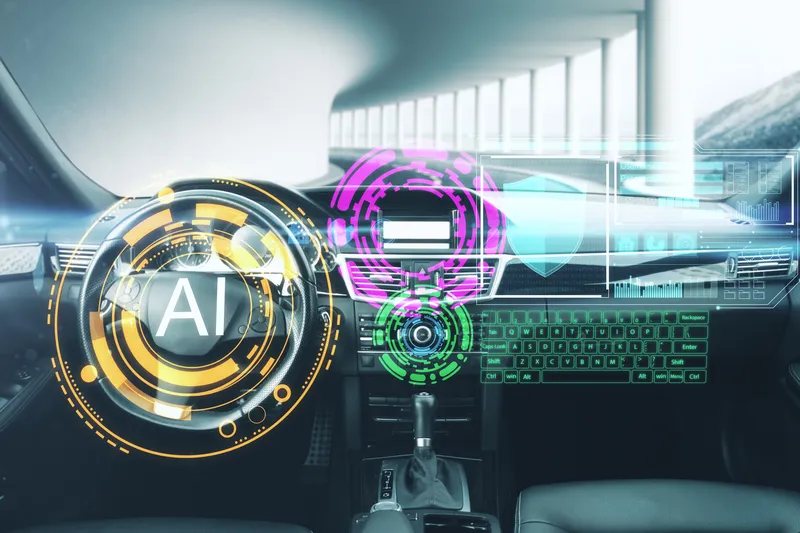Following successful discussions with international automotive and mapping companies in Europe, the US and Asia, Here has now submitted the design for Sensoris, a universal data format, to Ertico-ITS Europe, which has agreed to continue it as an Innovation Platform to evolve it into a standardised interface specification for use broadly across the automotive industry.
To date, 11 major automotive and supplier companies have already joined the Sensoris Innovation Platform now under the coordination of Ert
June 30, 2016
Read time: 2 mins
Following successful discussions with international automotive and mapping companies in Europe, the US and Asia, Here has now submitted the design for Sensoris, a universal data format, to 374 Ertico-ITS Europe, which has agreed to continue it as an Innovation Platform to evolve it into a standardised interface specification for use broadly across the automotive industry.
To date, 11 major automotive and supplier companies have already joined the Sensoris Innovation Platform now under the coordination of Ertico. They are:6773 AISIN AW, Robert 311 Bosch, 260 Continental, 2069 Daimler, Elektrobit, 6328 Harman, 7643 Here, 954 LG Electronics, NavInfo, Pioneer and 1692 TomTom. More organisations are expected to join in the coming weeks.
Sensoris was initiated by Here a year ago when the company published the first open specification for the way vehicle sensor data gathered by connected cars could be sent to the cloud for processing and analysis. Currently, this exists in multiple different formats across automakers.
Here believes that pooling analogous vehicle data from millions of vehicles will be a key enabler for highly and fully automated driving, ensuring that each vehicle has a near real-time view of road conditions and hazards that can lead to better driving decisions. It is developing the required location cloud technology that can detect and process changes in the real world as they happen, including on roads in dozens of countries, on an industrial scale and at high quality and is putting this infrastructure in place ahead of anticipated new streams of vehicle sensor data it will be processing in its location platform in future.
Dietmar Rabel, head of autonomous driving product management at Here says this is a vital step along the path to creating a shared information network for safer roads.
Hermann Meyer, chief executive officer at Ertico, said: "Defining a standardised interface for exchanging information between the in-vehicle sensors and a dedicated cloud as well as between clouds will enable broad access, delivery and processing of vehicle sensor data; enable easy exchange of vehicle sensor data between all players, and finally enable enriched location based services which are key for mobility services as well as for automated driving."
To date, 11 major automotive and supplier companies have already joined the Sensoris Innovation Platform now under the coordination of Ertico. They are:
Sensoris was initiated by Here a year ago when the company published the first open specification for the way vehicle sensor data gathered by connected cars could be sent to the cloud for processing and analysis. Currently, this exists in multiple different formats across automakers.
Here believes that pooling analogous vehicle data from millions of vehicles will be a key enabler for highly and fully automated driving, ensuring that each vehicle has a near real-time view of road conditions and hazards that can lead to better driving decisions. It is developing the required location cloud technology that can detect and process changes in the real world as they happen, including on roads in dozens of countries, on an industrial scale and at high quality and is putting this infrastructure in place ahead of anticipated new streams of vehicle sensor data it will be processing in its location platform in future.
Dietmar Rabel, head of autonomous driving product management at Here says this is a vital step along the path to creating a shared information network for safer roads.
Hermann Meyer, chief executive officer at Ertico, said: "Defining a standardised interface for exchanging information between the in-vehicle sensors and a dedicated cloud as well as between clouds will enable broad access, delivery and processing of vehicle sensor data; enable easy exchange of vehicle sensor data between all players, and finally enable enriched location based services which are key for mobility services as well as for automated driving."









